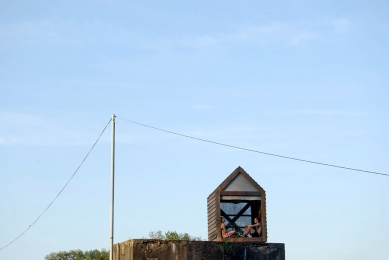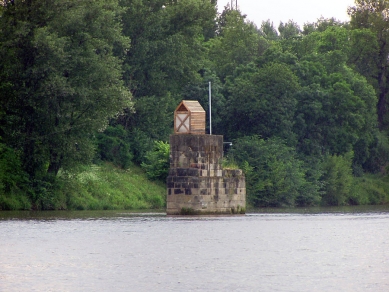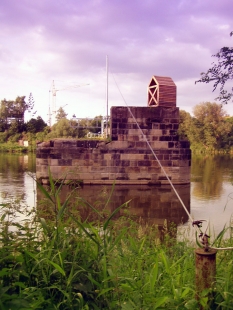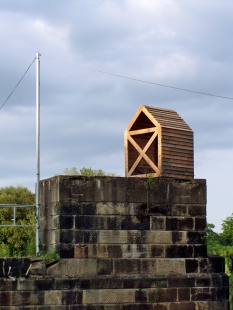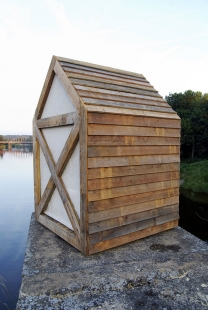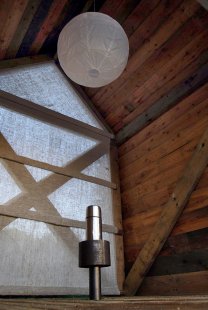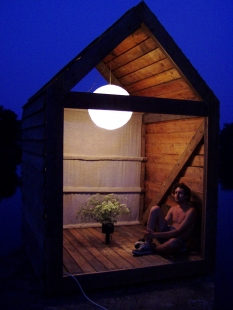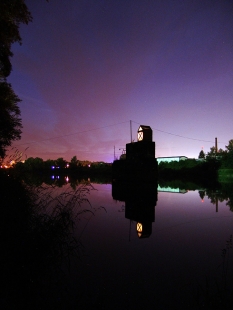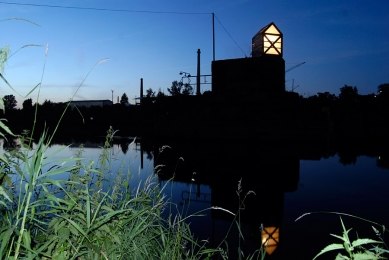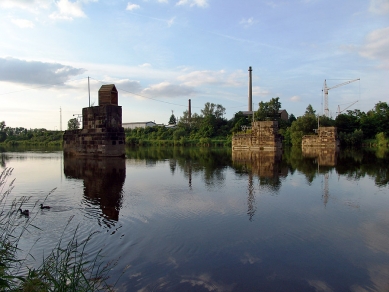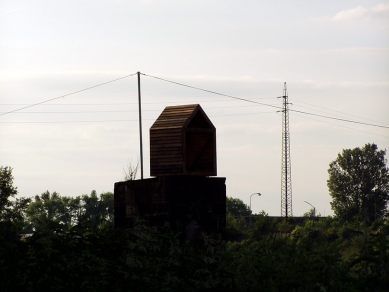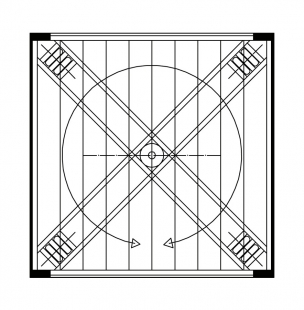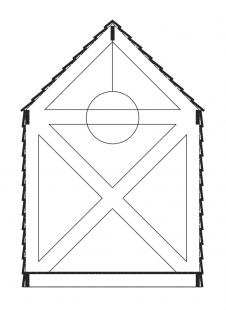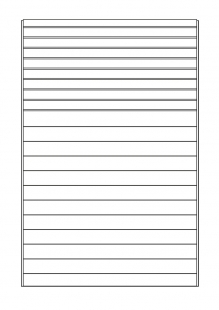
Tea House Muštelka

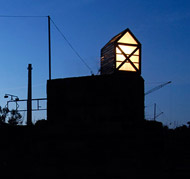 |
We wish you a pleasant experience H3T architects
The word muštelka first appeared in the Krkonošská pohádka. It is not a zoological term, but rather a linguistic construct inspired by the Latin name Mustela sibirica (Siberian marten), also Kolonocus sibiricus (kolonok). The Latin name Mustela refers to the entire genus of carnivores in the weasel family. The most common of our weasels is the least weasel (Mustela nivalis). In the fur industry, the least weasel, Chinese weasel (Chinese marten), and Japanese weasel (Japanese marten) are significant. The designation muštelka has become so common in Czech that it is routinely used to name various mustelids.
The English translation is powered by AI tool. Switch to Czech to view the original text source.
19 comments
add comment
Subject
Author
Date
:)
david maštálka
16.07.10 11:04
jak vidno, okurková sezóna je v plném proudu
křowas
16.07.10 11:49
:-)
Pavel Hendrych
16.07.10 01:04
guerilla zije!
Martin Hart
16.07.10 04:06
ad Martin Hart
A.J.K.
16.07.10 06:46
show all comments


